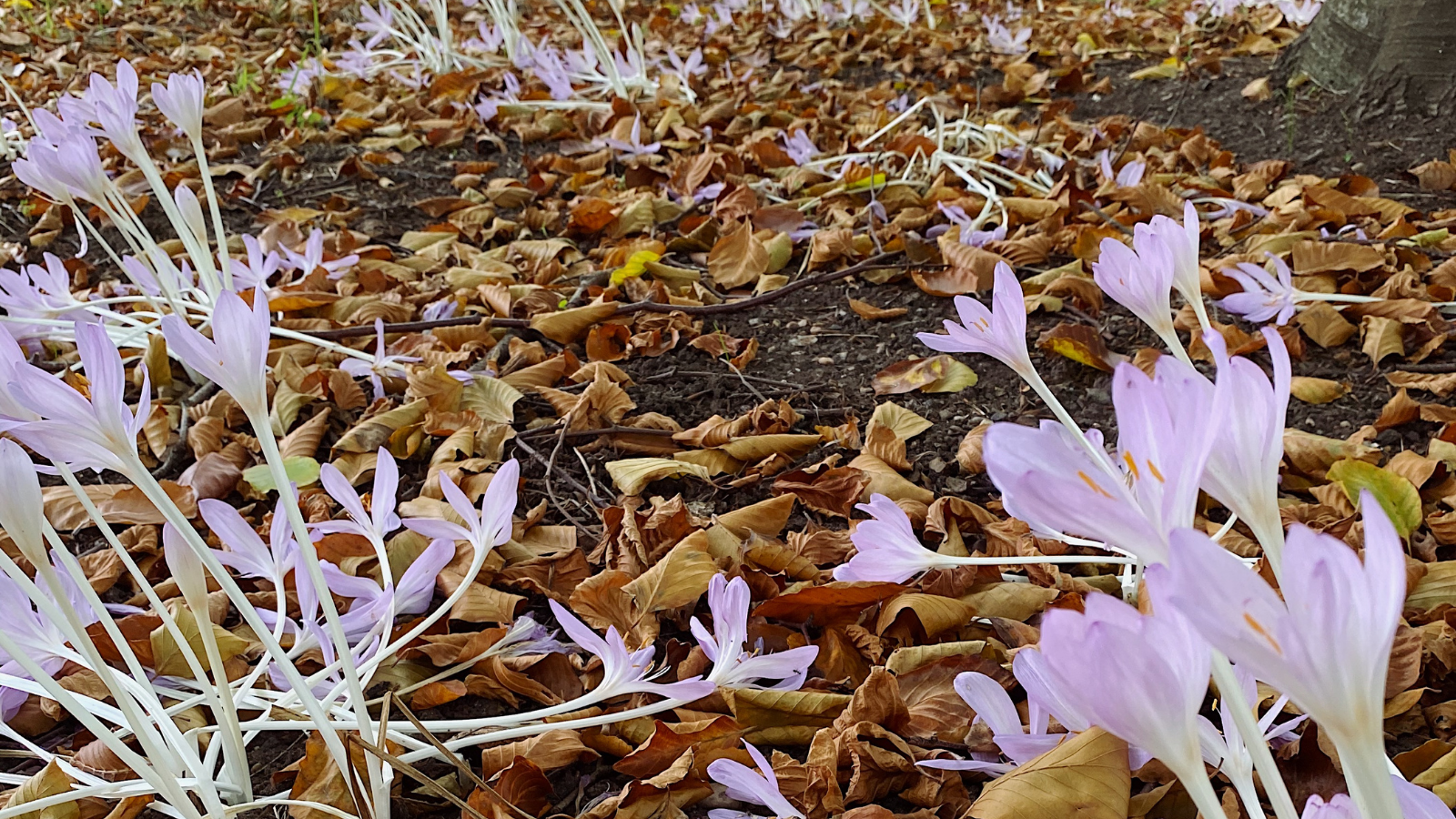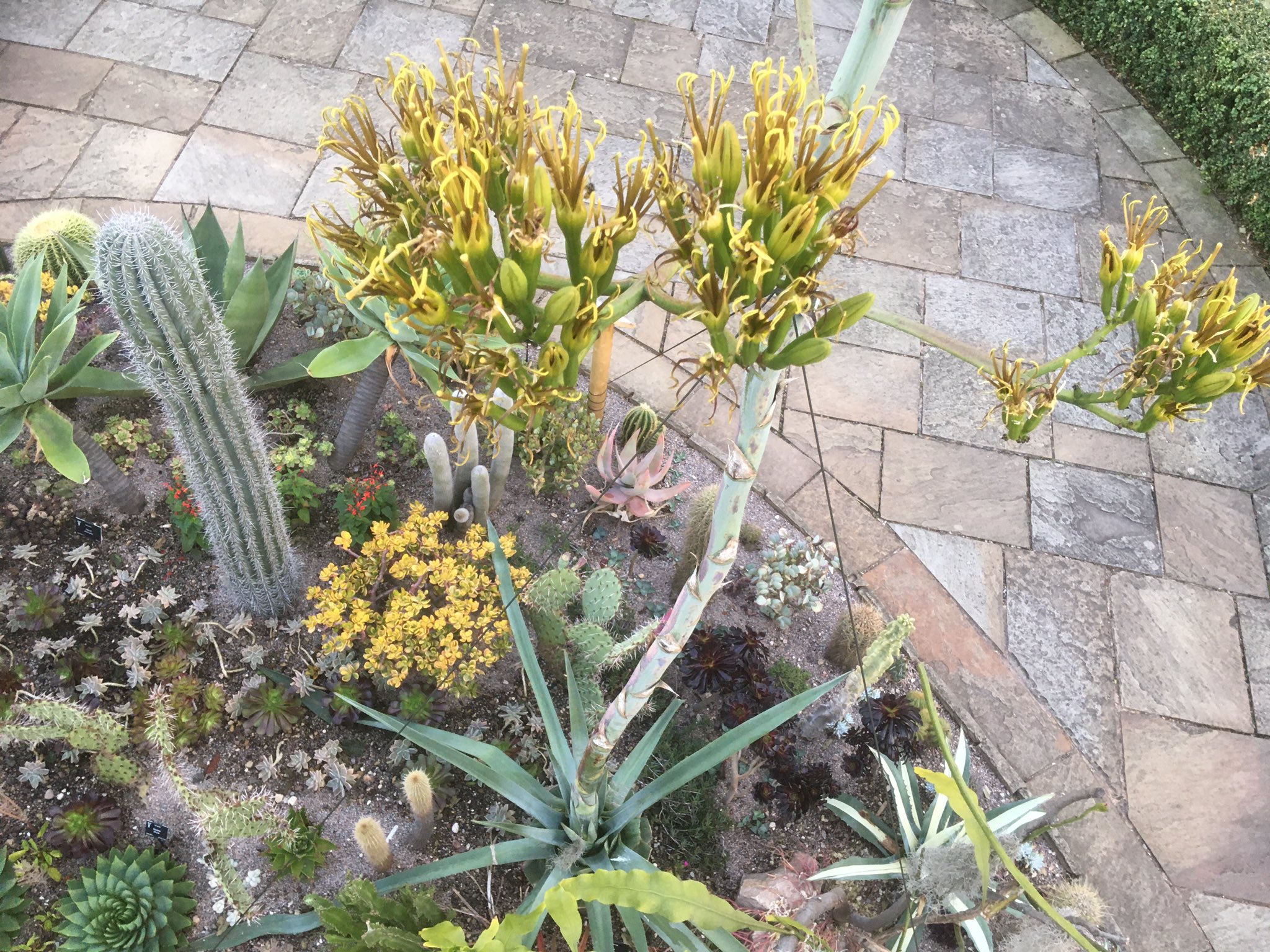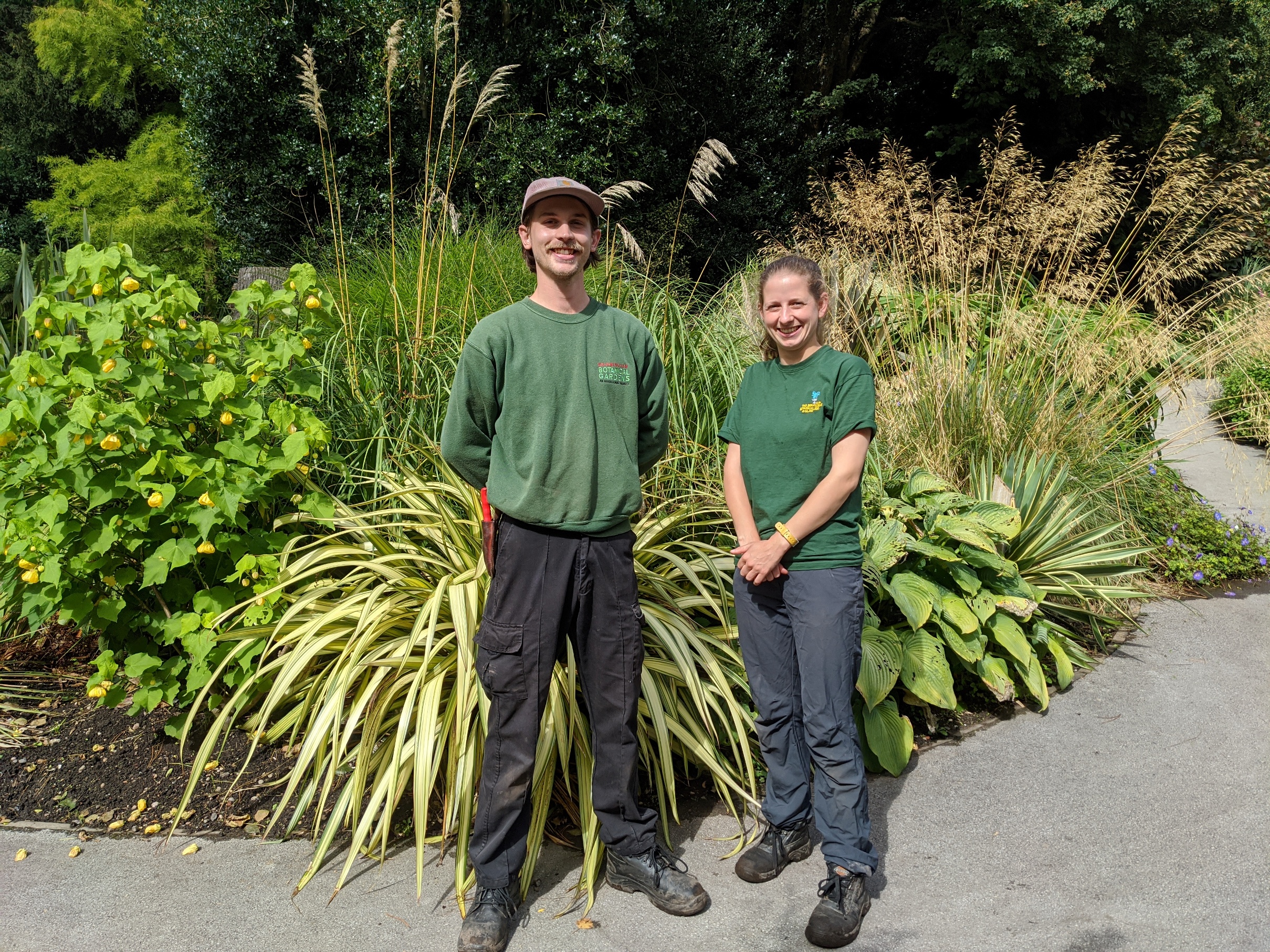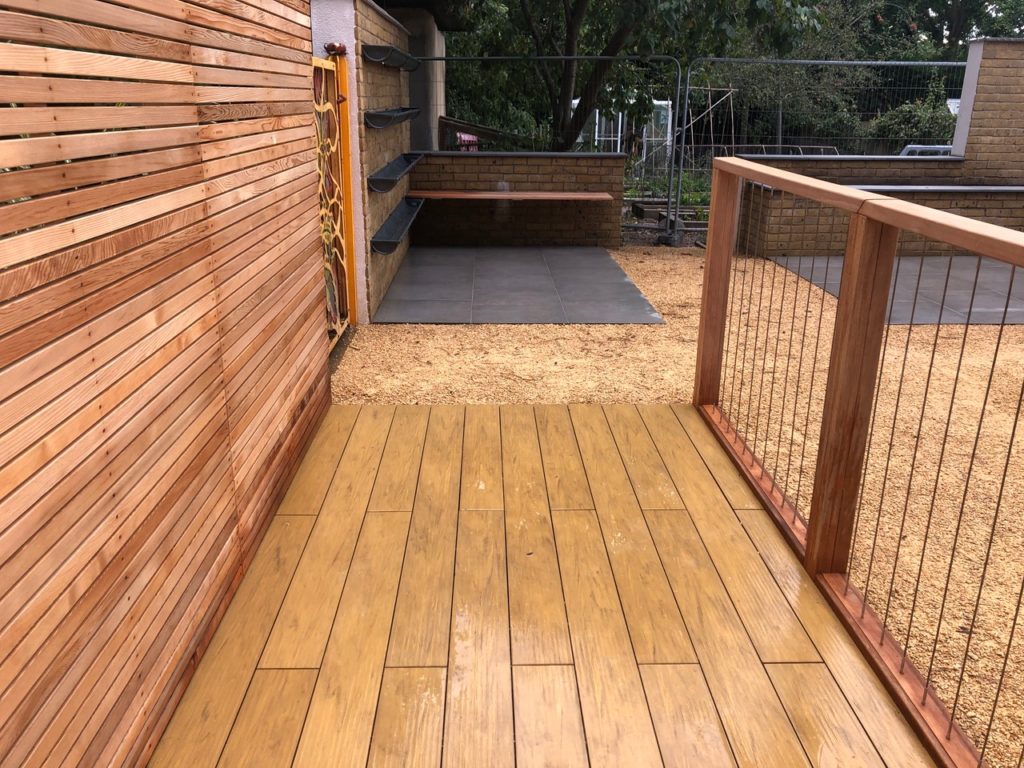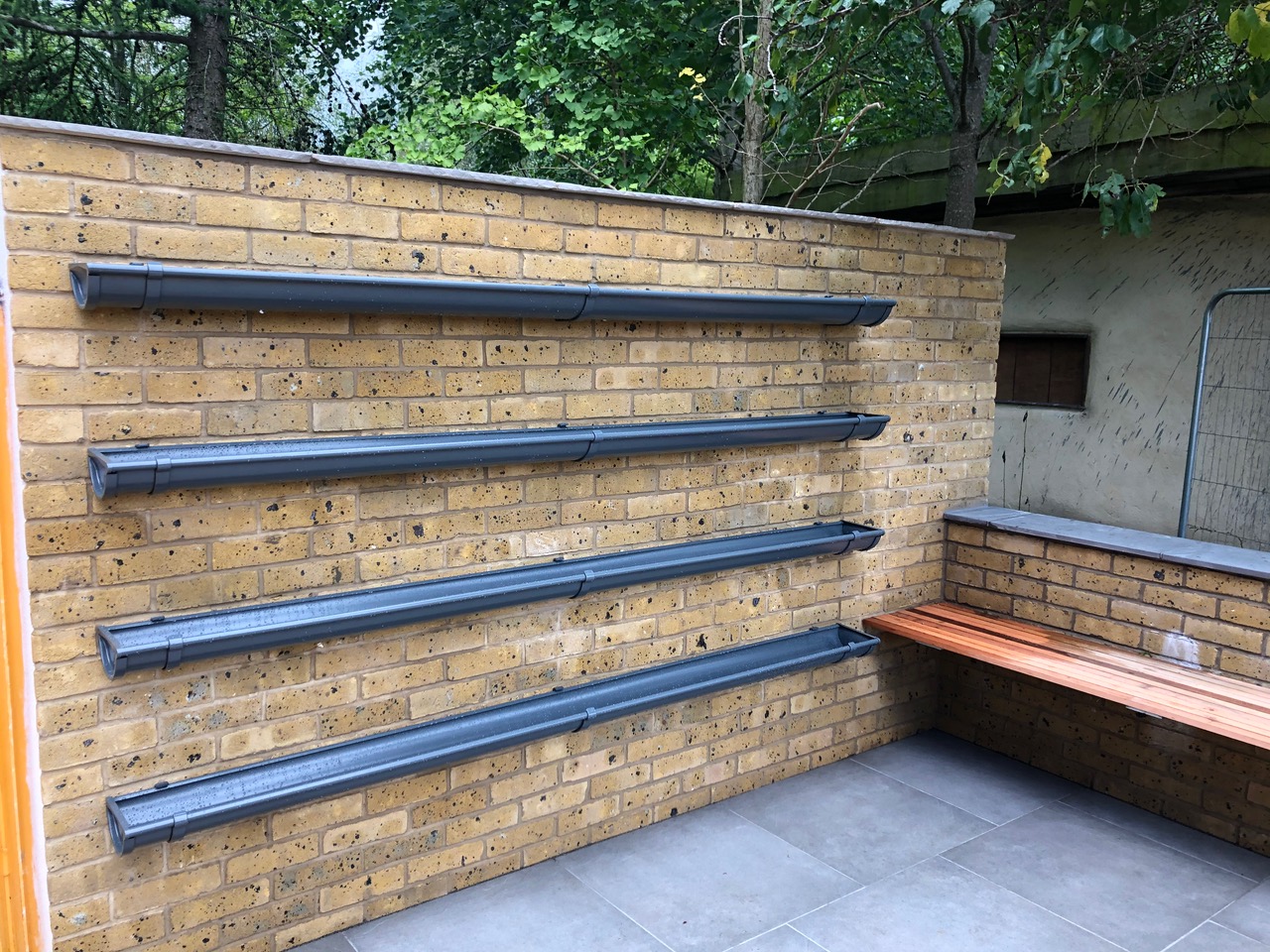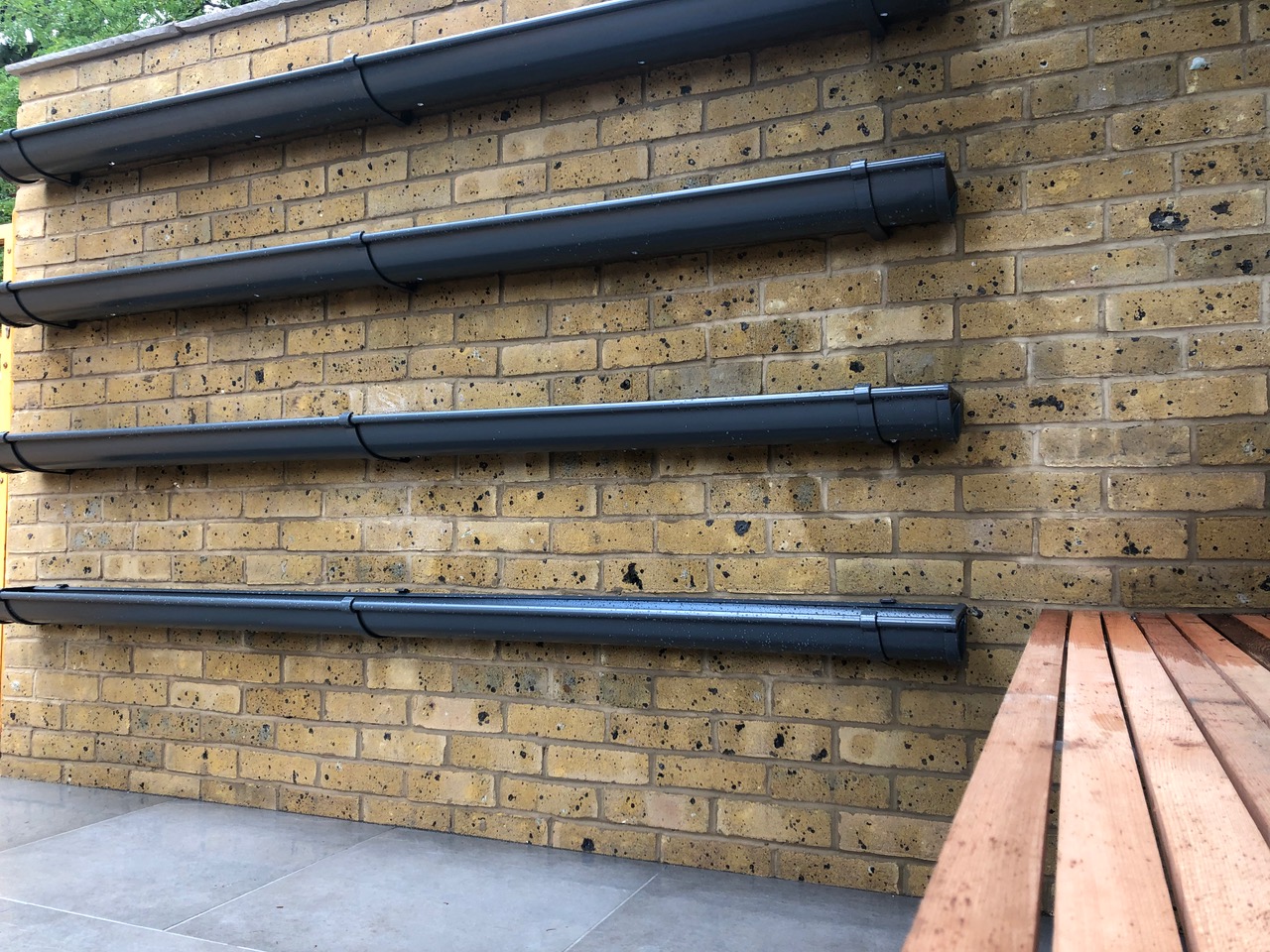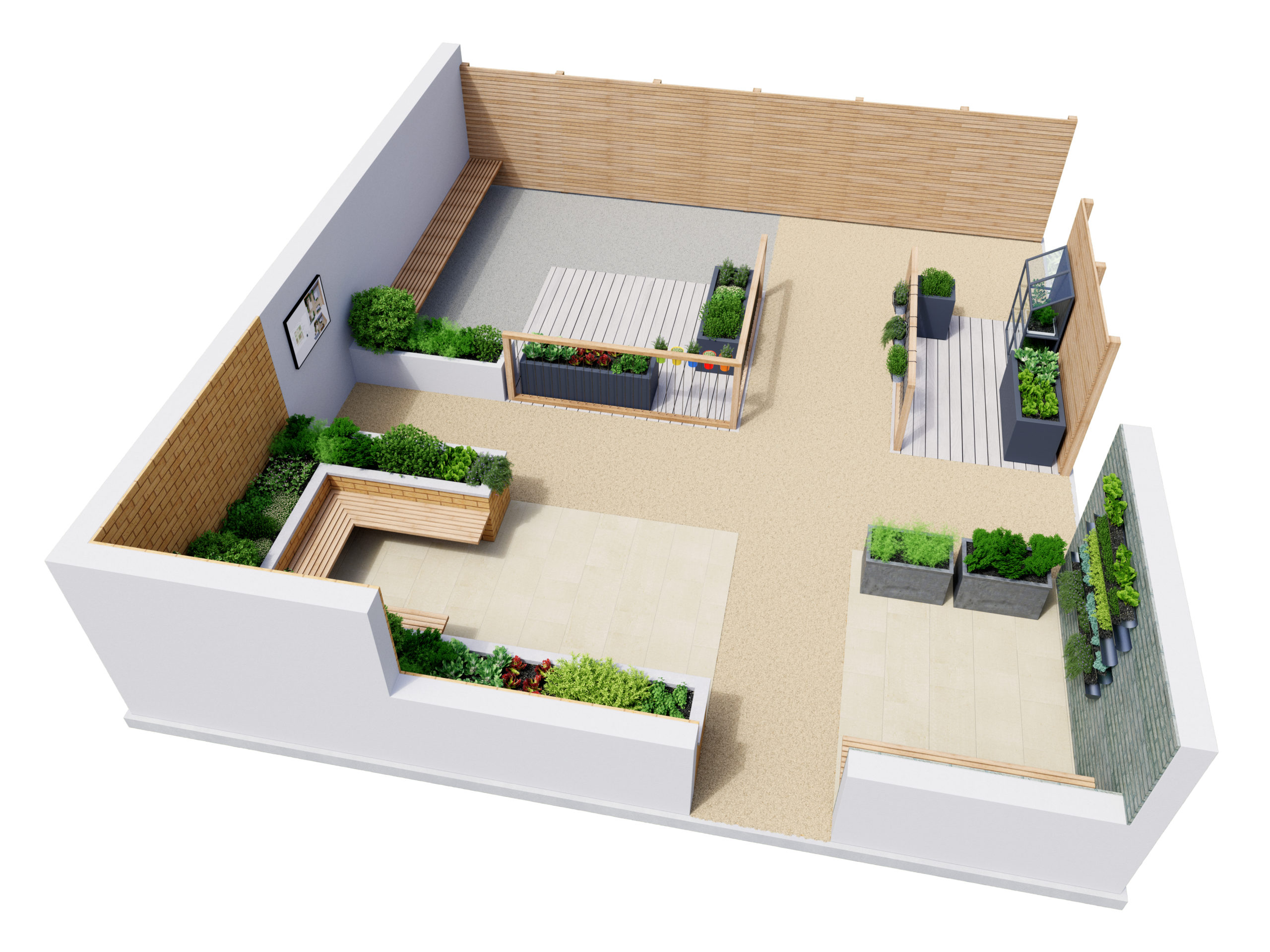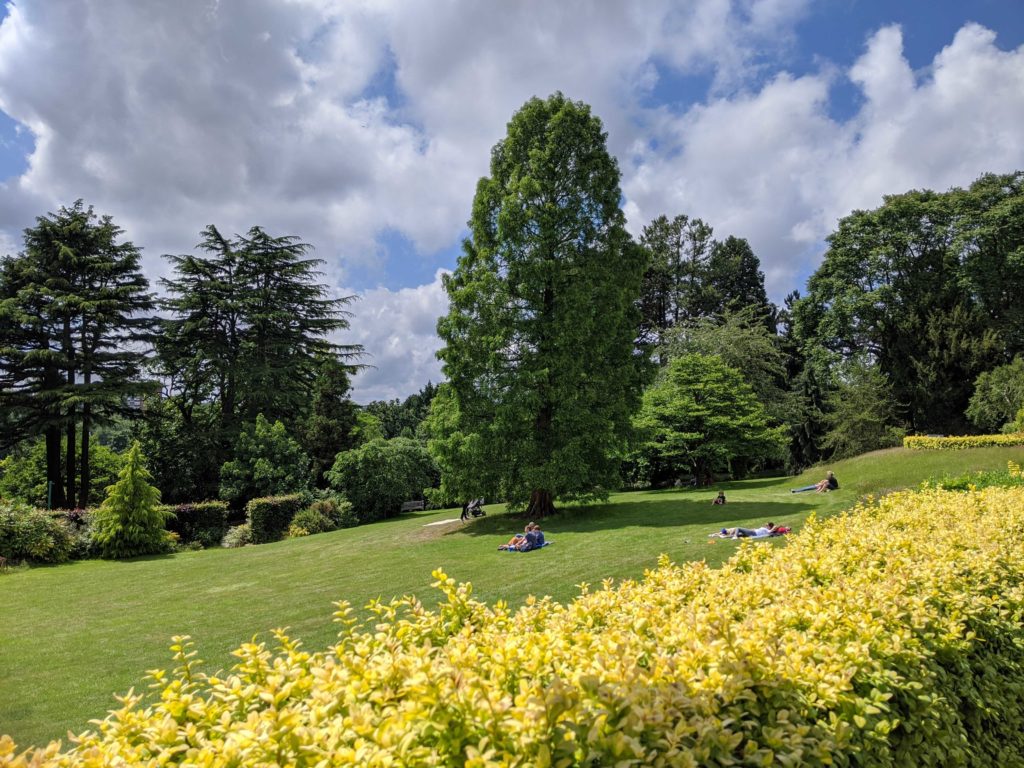We’re thrilled to announce that Birmingham Botanical Gardens has been awarded £188,000 from the National Lottery Cultural Recovery Fund for Heritage.
The award – the largest that we have received for 22 years – is announced this morning (October 9, 2020) by the Department for Digital, Culture, Media and Sport as part of its £1.57 billion Here For Culture campaign that is supporting performing arts, heritage sites, independent cinemas, music venues and museums across the country.
We are one of 445 heritage organisations across the country set to receive the financial boost from the government, sharing £103 million to help restart vital reconstruction work and maintenance on heritage sites, keeping venues open, and supporting those working in the sector.
We closed our doors on March 24 when the country was put into lockdown, reopening 12 weeks later in June, and despite a healthy number of visitors returning to the Gardens since then, we have received no revenue income from schools, events, weddings, or conferences.
Elizabeth Frostick, Development Director, said the £188,000 grant covers the next six months, helping to secure the short-term future of the Gardens, which have been welcoming visitors since 1832. It will also support its partnership work with the National Trust to produce a masterplan and a more sustainable future business plan for the Gardens.
“We are absolutely thrilled to have been awarded this grant from the Cultural Recovery Fund for Heritage,” she said. “The award, which we won following a rigorous competitive process, gives us much welcome breathing space after losing most of our income over the past few months and gives us the funds for vital work, including the upgrading of our digital systems.”
Martyn Liberson, Chairman of the Birmingham Botanical Gardens trustees, added: “This is a hugely significant and most welcome funding stream for the Gardens, which will help us to keep investing in its future. Because we rely solely on revenue from our visitors, members, and charitable donations, this grant enables us to focus on recovery as we redouble our efforts to secure the gardens for future generations.”
Culture Secretary Oliver Dowden said: “As a nation, it is essential that we preserve our heritage and celebrate and learn from our past. This massive support package will protect our shared heritage for future generations, save jobs, and help us prepare for a cultural bounceback post-Covid.”
Ros Kerslake, Chief Executive of the National Lottery Heritage Fund said: “It is absolutely right that investing in heritage should be a priority during this crisis and this support by Government is crucial. Heritage creates jobs and economic prosperity, is a major driver for tourism and makes our towns, cities, and rural areas better places to live. All of this is so important for our wellbeing and will be particularly vital when we start to emerge from this incredibly difficult time.
“Our heritage is still facing a perilous future – we are not out of the woods yet. But this hugely welcome funding from Government, and the money we continue to invest from the National Lottery, has undoubtedly stopped heritage and the organisations that care for it being permanently lost.”
Earlier this year, the Gardens was awarded £47,500 from the National Lottery Heritage Emergency Fund to help it meet its running costs after the National Lottery made £50million available to those most in need across the heritage sector.
During the lockdown, the charity also raised £1,265, taking part in the 2.6 Challenge in April, the online campaign to support UK charities, with more than 30 donations from supporters.




